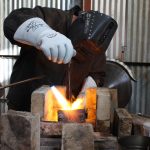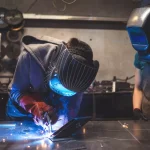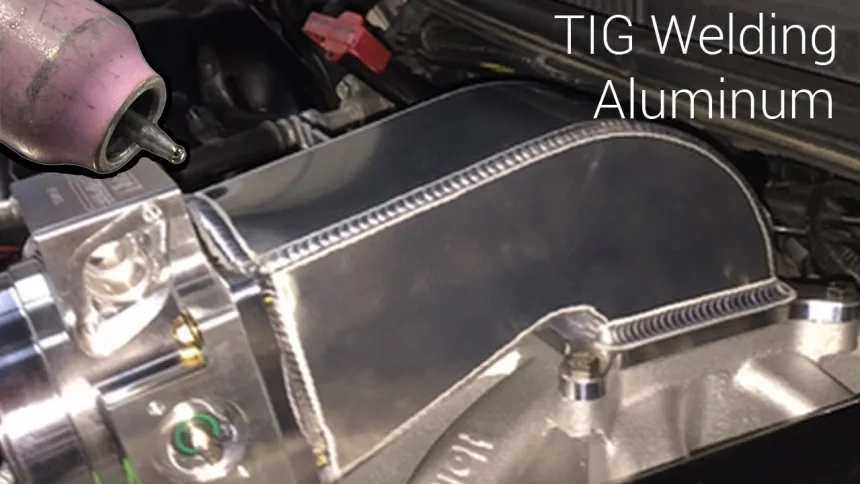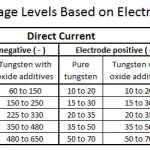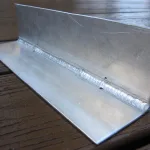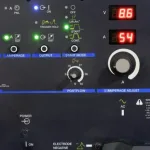Is not suitable for welding aluminum or magnesium, but you can do aluminum welding with stick welding and TIG. What Can You Weld With a Tig Welder? Has a limited duty cycle so it is best used for intermittent tasks such as assembly line work rather than production applications.
What Can You Weld With a Tig Welder?
Welding Town
Tig welding usually requires high amperage machines and also is more difficult to master than MIG welding, which means that learning to use an AC welder takes some time and practice. *Most AC welders on the market today cannot provide a full short circuit process, meaning they cannot work on DCEN or DCEP. This article is about AC welders only and not DCEN or DCEP machines.
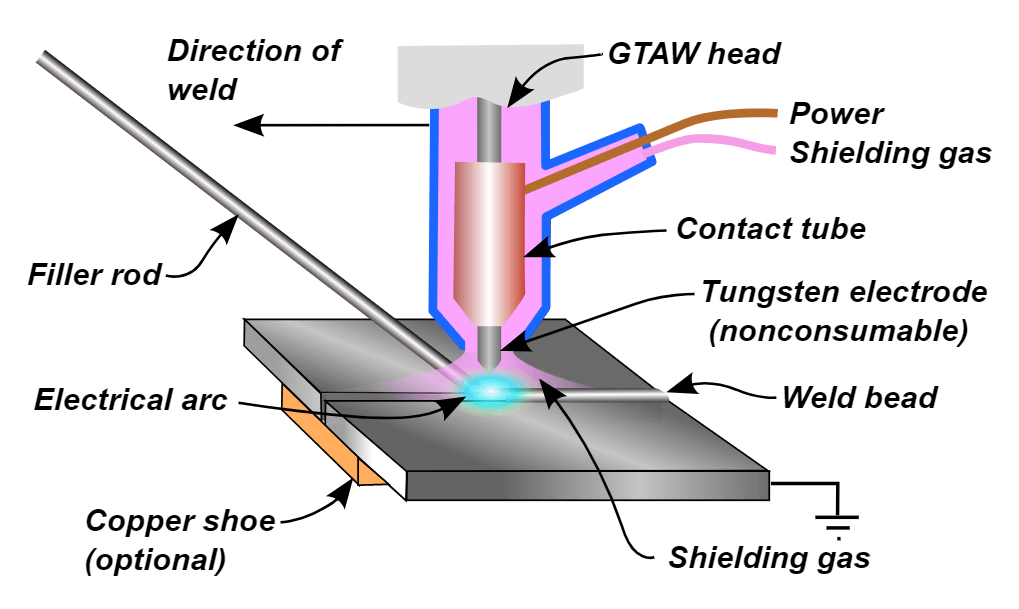
There are different kinds of welding:
– uses a direct current (DC) and the electrode to create an electric arc, which melts and joins together the metals being worked on to form a weld; can be negative polarity or positive polarity; works best on steel, very reactive metals such as aluminum, magnesium, copper, and silver; cannot be used with large amounts of impurities such as rust in steel because it tends to cause splatter when hit by the electric arc (arc blow).
– uses alternating current (AC) and gives off less heat than DC while still melting metal at high temperatures; can be used on steel, but is better suited for welding aluminum and magnesium; can work on DCEN (direct current electrode negative) or DCEP (direct current electrode positive); works best when metal does not contain impurities such as rust.
– uses direct current (DC), like TIG welding; similar to MIG welding in that it gives off heat evenly across the material being welded; good at penetrating both thin and thick metals; usually done with a shielding gas rather than using flux with filler rods like TIG welding; works best on steel.
FAQS
What is a tig welder and what can it weld?
TIG welding is a type of welding that uses an electric arc to heat, melt and join metal together. It typically requires high amperage machines and also is more difficult to master than MIG welding, meaning that learning to use a TIG welder takes some time and practice. Most AC welders on the market today cannot provide a full short circuit process, meaning they cannot work on DCEN or DCEP. This article is about AC welders only and not DCEN or DCEP machines.
A tig welder (also called tungsten inert gas (TIG) welding) uses alternating current (AC), unlike stick welding which uses direct current (DC). The process gives off less heat than DC, while still melting metal at high temperatures, and uses a non-consumable tungsten electrode to create an electric arc from the heat. The process can be used on steel but is better suited for welding aluminum and magnesium since they do not rust as easily as steel. TIG welding requires more skill than MIG welding because it typically uses higher amperage machines that require more skill to use correctly.
Most AC welders on the market today cannot provide a full short circuit process, meaning they cannot work on DCEN or DCEP. This article is about AC welders only and not DCEN or DCEP machines.
The alternately cycling current in electronic welding power supplies makes them appropriate for TIG welding, but they are also used for MIG welding with specific wires in some cases. A TIG welder uses a direct current electrode negative (DCEN) at the beginning of the weld so that you can see where you are laying down your filler metal. Then it switches over to alternating current with no electrode so that the weld is properly cooled and any impurities get cleaned out by the argon gas shielding that surrounds the metal being welded.
TIG welding with aluminum:
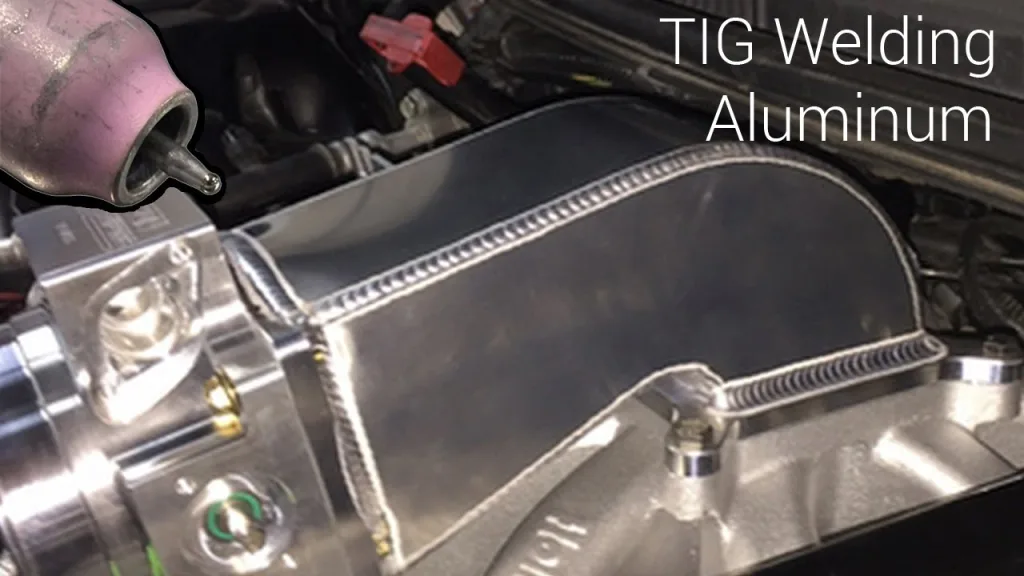
Before you hit the welding shop, make sure you know a few things about aluminum and aluminum welding.
First of all, you need to understand that there are two types of aluminum: cast and wrought. Cast refers to molten metal poured into a mold while wrought is processed metals such as sheet or plate material. While most welding with aluminum is done with the cast because it’s stronger, TIG works best on the thin aluminum alloys used for thin sheet metal parts in cars and boats. It can be difficult to weld thicker pieces of materials like bars or rods without burning through the material or blowing holes.
Aluminum alloys have been around since ancient times; The first alloy made by combining other metals was bronze which was made by mixing copper with other metals like tin or arsenic. Aluminum alloys are still referred to as “bronzes” whether they contain any copper or not.
Most aluminum alloys used for welding purposes contain three main elements: magnesium, silicon, and copper. Magnesium is the primary alloying element in most types of cast aluminum while copper increases the strength of wrought aluminum quite a bit. Silicon is added to aluminum to make it easier to weld because it helps expel impurities from the molten metal pool.
Aluminum has one major advantage over steel when using TIG welding methods – its melting point can be reached very quickly without burning through the material being welded, especially if you have dry ice available which speeds up this process even more.
TIG welding with steel:
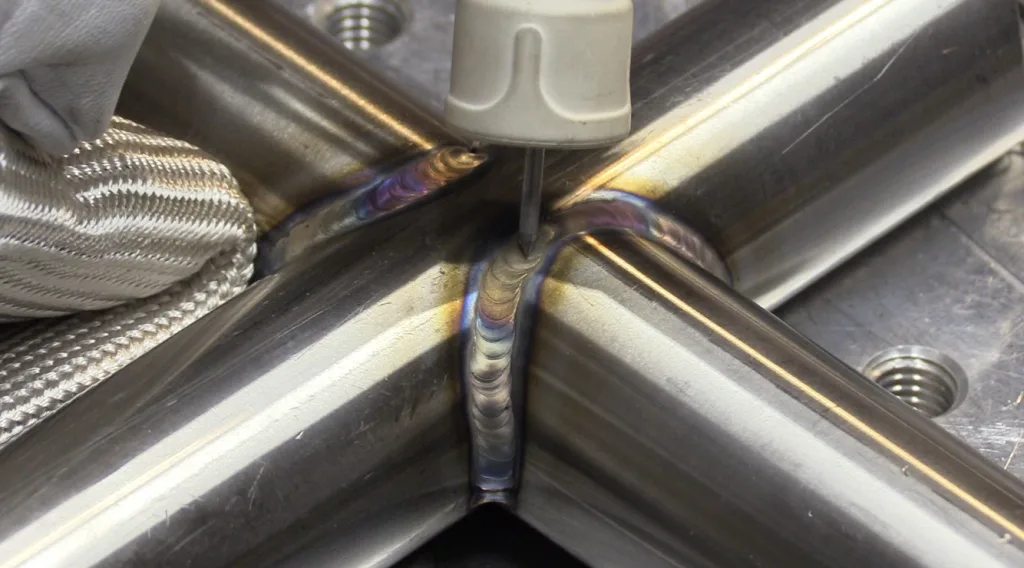
You should also know that steel is an alloy made mostly of iron and carbon but can include other elements as well. The most common method for making steel involves heating the metal up and then allowing it to cool in a certain way so that different types of crystals form inside the material. These crystals give the metal its unique properties – such as flexibility, tensile strength, or resistance to corrosion.
Steel alloys used for welding typically contain chromium as the main alloying element which makes the stainless steel. Chromium also gives these alloys high resistance to heat and wear damage.
Using TIG on steel works best when you are trying to weld smaller pieces like bars, rods, or thin plates because it produces less heat than stick welding and leaves less distortion in the finished product.
You should also know how to use filler metal when TIG welding steel because you will need it even more than with aluminum. The electrodes that contain flux and alloying elements to help fill the gap between the materials being welded together are called “filler” or “electrode” metals. You can purchase individual electrode wires that match the type of material you’re using for a particular project, but most people just prefer to use general-purpose rods that work well on all types of steel.
Steel filler rods are usually made from one of three common elements: nickel, manganese, or chromium. Nickel-based rods are created by adding aluminum to a eutectic alloy – a mixture of two materials that melt at a lower temperature than either one on its own. These alloys are mixed with other elements to create rods that can be used for several different applications depending on the alloying elements inside the rod. The main advantage to using this type of filler rod is that it can produce excellent welding results without too much spatter or slag buildup, but it’s also weaker than some other types of steel so you have to use enough current and filler metal thickness when TIG welding thin pieces.
Manganese-based rods have been around since World War I because they were cheaper to make than nickel-based rods at first, which made them extremely popular during the war years.


![Welding vs. Brazing vs. Soldering [ What is the main difference ] 2 Welding vs. Brazing vs. Soldering [ What is the main difference ]](https://www.021208.com/wp-content/uploads/2024/05/welding-1-150x150.jpg)

